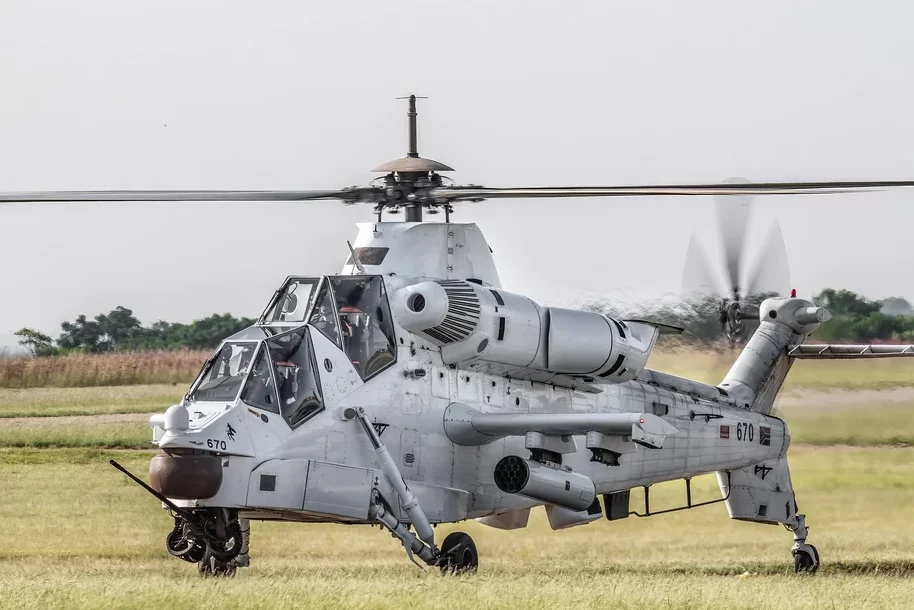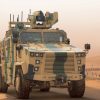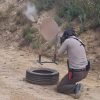The Rooivalk’s origin story is a remarkable example of how a country can leverage hard-won combat experience to create a world-class attack helicopter tailored precisely to its needs. After two and a half decades of continuous military operations, South Africa developed a helicopter that would not only meet but exceed the intense demands of the critical first 72 hours of modern warfare.
Combat Lessons in Angola
From 1975 to 1989, during South Africa’s involvement in the Angolan Civil War, the South African Air Force (SAAF) quickly realized the value of helicopters in modern warfare. At the outset, the SAAF primarily relied on light aircraft, transport planes, and utility helicopters like the Aerospatiale Alouette III and the SA 330 Puma. However, these aircraft were not designed for the brutal realities of frontline combat.
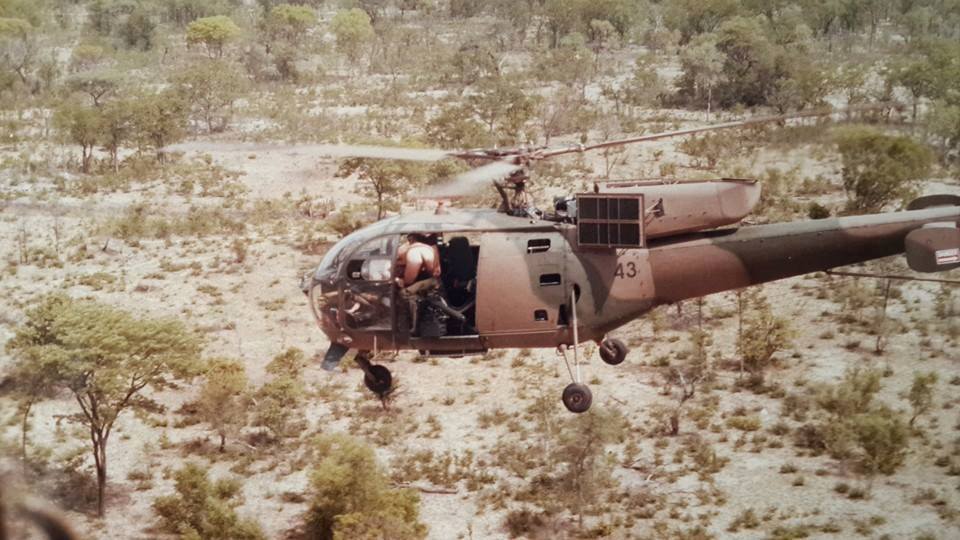
As Angolan forces strengthened their anti-aircraft defenses, the limitations of these helicopters became apparent. They were increasingly vulnerable to enemy fire and struggled to support operations near contested landing zones. The need for dedicated close air support and the protection of transport helicopters became urgent.
Attempts to adapt existing platforms—such as mounting machine guns on Puma side doors—proved inadequate. It was clear: the SAAF needed a purpose-built attack helicopter. Yet with an international arms embargo in place, buying one was not an option. South Africa would have to build its own—from scratch.
From Improvisation to Innovation: The XH-1 Alpha
To jumpstart the project, South African engineers developed the XH-1 Alpha, a proof-of-concept prototype based on the Alouette III airframe. The Alpha introduced a tandem-seat cockpit layout, a narrowed fuselage, composite materials, and a 20mm GA1 cannon mounted in a belly turret controlled by a helmet-mounted sight.
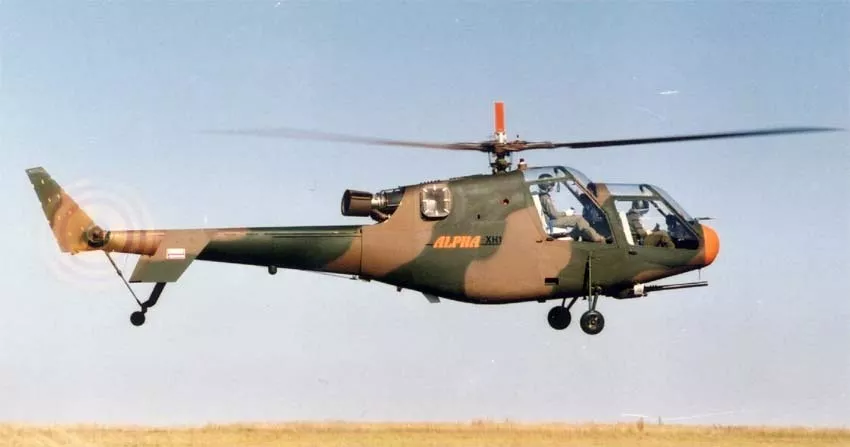
While the Alpha was never intended for production, it demonstrated the feasibility of building an indigenous attack helicopter. More importantly, it taught invaluable lessons that would shape the design of the Rooivalk.
Shifting Toward a Heavy Attack Platform
As the conflict evolved, so did South Africa’s doctrine. Low visibility, high mobility, and the ability to conduct deep, surprise attacks behind enemy lines became critical priorities. These demands ruled out the idea of a lightweight helicopter. Instead, engineers envisioned a heavy attack helicopter—one capable of carrying substantial weaponry, flying long distances, operating from unprepared terrain, and surviving heavy enemy fire.
Africa’s vast distances meant the helicopter needed extended range without sacrificing firepower. The future Rooivalk would need to remain undetected during ingress, engage from stand-off distances, and retreat before enemy defenses could react. Low radar, visual, and infrared signatures became essential, as did advanced avionics for terrain-following flight at extremely low altitudes.
This shift in philosophy would profoundly influence the Rooivalk’s final design.
Building the Rooivalk
To speed up development, the SAAF modified two SA 330 Puma helicopters into testbeds—XPT-1 and XPT-2—experimenting with new avionics, composite materials, and weapon systems. Meanwhile, design work on the new attack helicopter, initially designated XH-2, moved forward.
Rather than reinvent every component, engineers cleverly adapted the Puma’s proven main and tail rotor assemblies, reducing development time and costs.
The Rooivalk would emerge as a third-generation attack helicopter packed with cutting-edge technologies:
- Integrated digital control system
- Electro-optical targeting and navigation systems
- Helmet-mounted sights
- Advanced autopilot and navigation
- Low crew fatigue through ergonomic design
- Modular systems for easy maintenance (including Health and Usage Monitoring Systems – HUMS)
- Flexibility to carry a wide variety of weapons from multiple manufacturers
South Africa set out not just to build a serviceable helicopter, but to produce a world-class combat machine—and remarkably, it succeeded.
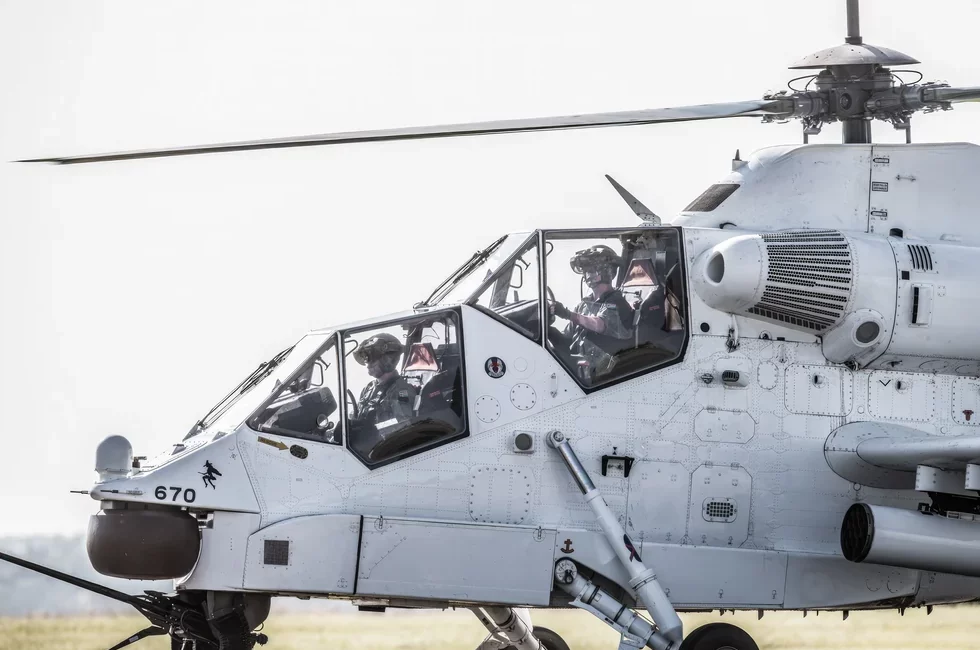
Public Debut and Development Challenges
The first Rooivalk prototype, the XDM (Experimental Development Model), took flight on February 11, 1992. It was publicly unveiled in January 1990, showcasing a sleek, aggressive design with a tandem cockpit, a narrow profile, composite materials, and a signature low-noise rotor system.
However, political tides were shifting. As the Angolan conflict wound down, funding for the Rooivalk dried up. The project faced cancellation, but Atlas Aviation (which would later become Denel Aerospace) pressed on, funding continued development in hopes of export success.
Throughout the early 1990s, two more prototypes joined the XDM:
- ADM (Advanced Demonstration Model): Equipped with full avionics and the Denel Kentron Mokopa (“Black Mamba”) laser-guided anti-tank missile. Upgraded Makila 1K2 engines improved performance.
- EDM (Engineering Development Model): Featuring further refinements like lighter structures, lower thermal signatures, and enhanced weapons loadouts, including up to 16 Mokopa missiles.
By the late 1990s, the Rooivalk had racked up hundreds of flight hours. On November 17, 1998, the first production AH-2 Rooivalk was officially delivered to the South African Air Force—a remarkable achievement given the challenges South Africa faced.
Legacy of the Rooivalk
Although the Rooivalk entered service just as South Africa’s military priorities were changing, it remains a symbol of innovation and resilience. A third-generation attack helicopter, it continues to serve with distinction, offering long-range firepower, exceptional survivability, and cutting-edge technology in one rugged package.
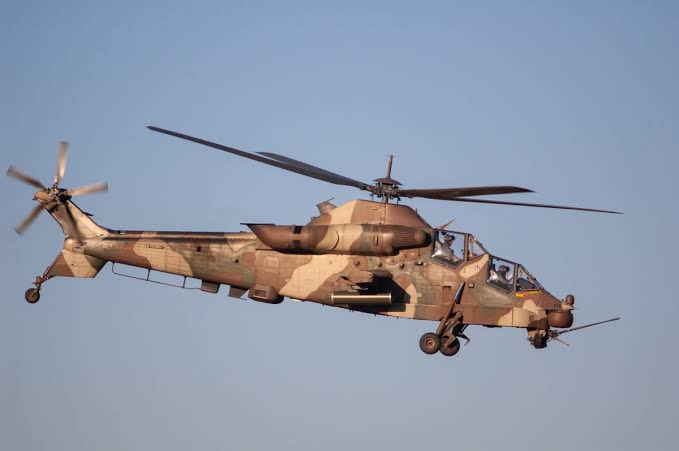
Only 12 units were made, but South Africa’s Rooivalk is more than just a helicopter—it’s a triumph of necessity-driven innovation. It proves that even under embargo and isolation, a nation can rise to meet its own defense needs and surpass global expectations.
